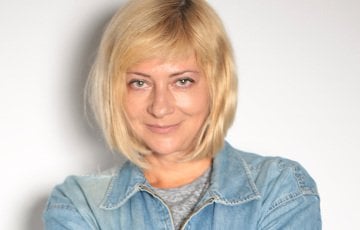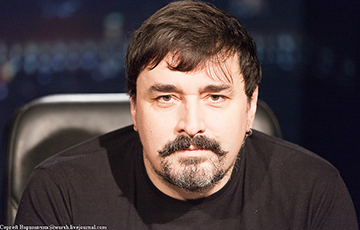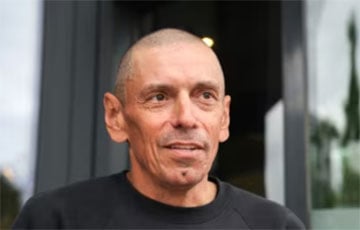The Last Truck
10- Irina Khalip
- 11.07.2025, 15:17
- 23,134

The museum in the prison and the park in Drozdá.
There is a museum of testimony and memory in the Albanian city of Shkoder. At the entrance, where ticket prices are listed, it says: "For former political prisoners, admission is free". I asked the young man selling tickets, "Is it free only for Albanian political prisoners? Or for foreign ones too?" He said: "We in Albania know how high the price of freedom is. We are grateful to all those who sacrificed themselves in different countries under different regimes. So welcome, admission is free."
Of course, I was not asking to save money - a ticket costs one and a half euros - but rather out of research interest. But it was great to enter this museum as a guest, not a tourist, and even more so to hear words of gratitude from a young Albanian who was born after the death of tyrant Enver Hoxha. And while I was wandering around the museum, I kept repeating in my mind: we also need such a museum.
The Shkoder Museum is located in a former prison for political prisoners. A lot of things have been preserved there, and you can enter the former cells, which have now become museum halls. There are portraits of political prisoners with their names and biographies. True, among these portraits there are too many with the same last line - "shot". And on a separate stand is a list of tortures that were applied to the prisoners.
After the Škoder museum, I went to Tirana, where the bunkers of dictator Enver Hoxha (six levels underground) and of the interior minister, who was the second person in the country, have similarly been converted into museums that tell in detail the story of the most monstrous dictatorship in postwar Europe. Neither Stalin nor Beria came up with such a sophisticated mockery of the people - they lacked the imagination. But Enver Hoxha did. And Albanians, having opened museums in prisons and bunkers, not only tell their history, but also warn.
Afterwards, I was walking along the streets of Tirana, looking at free people, who have a terrible past, but a clear future in the European community, and felt a slight envy. We didn't have Hoxha, at least we weren't put in a bag of rats in prison, the state didn't choose our profession, as it happened in communist Albania. But they managed to get out of the real abyss, while we are frozen in amber. Screaming, but we can't get through. Struggling, but we can't make a hole in the tar. We flounder, but we get stuck. Nevertheless, the Albanians, isolated from the whole world, had it worse. But they managed.
And I know where there should be a museum, like the one in Shkodër. Of course, in the "American", in the KGB detention center. There, even the structure of the building is quite museum-like. Each of the 18 cells will have its own exposition devoted to repressions. And separately, for the entire administrative block on the first floor - portraits and stories of those who died for freedom. That prison will become a museum, and no one will ever be tortured in it again.
But there is one more thing we just have to borrow from the Albanians. In Tirana during Enver Hoxha's time, the party nomenclature lived not behind high fences, as in the USSR, but in the center of the capital, in the Bloku district. This neighborhood was not fenced, just at every step there were state security guards on duty, and every citizen of the country knew that it was forbidden to enter it. But it was not forbidden to look, and hungry residents of Tirana (Hodja cared about the people and said that the less people ate, the healthier they would be) could see how nomenklatury officials and their households walked through the streets of Bloku, carrying pineapples, sausage and champagne in their bags. The level of cynicism is far above the communist fences in the USSR. And as soon as the regime in Albania fell, the residents of Tirana turned Blloka into a cheerful, bustling neighborhood, a hub of entertainment: there are clubs, bars, galleries at every turn. And this experience, I think, will be very useful to us too.
Really, what to do with the Thrushes? Lock it up with a rusty barn lock and forget about it? No, better to use this now hostile space for fun. For example, put a park there with shady alleys, ping pong tables, and ice cream scoops. Or build a large show space with theater and concert venues. Or an amusement park. Or even bring there all the plaster pioneers and Lenin-Stalin from all over the country and organize there a funny museum, as in Lithuania near Druskininkai. People will have enough ideas, I have no doubt. And strength, and money, and desire.
The main thing is to have fun there. And laugh - loudly, with your head tilted back, to tears, knowing that the last car is parked in the yard of the "American woman" as an exhibit.
Irina Khalip, especially for Charter97.org.











